Brief Clinical Case Summary:
A 20-years-old female presented with bilateral genu varum deformity, which was affecting her gait and causing discomfort. The deformity was noticed since the last 8 years (age 12 years), and she was facing functional difficulties, particularly while walking.
After clinical and radiological evaluation, she was diagnosed with bilateral genu varum deformity, most likely secondary to adolescent onset Blount’s disease.
The deformity measured 43 degrees on the Right side (mLDFA 111, JLCA 8, MPTA 65 degrees) and 38 degrees on Left side (mLDFA 94, JLCA 8, MPTA 64 degrees), with the mechanical axis deviated through Zone 3 medially (Figure 1).
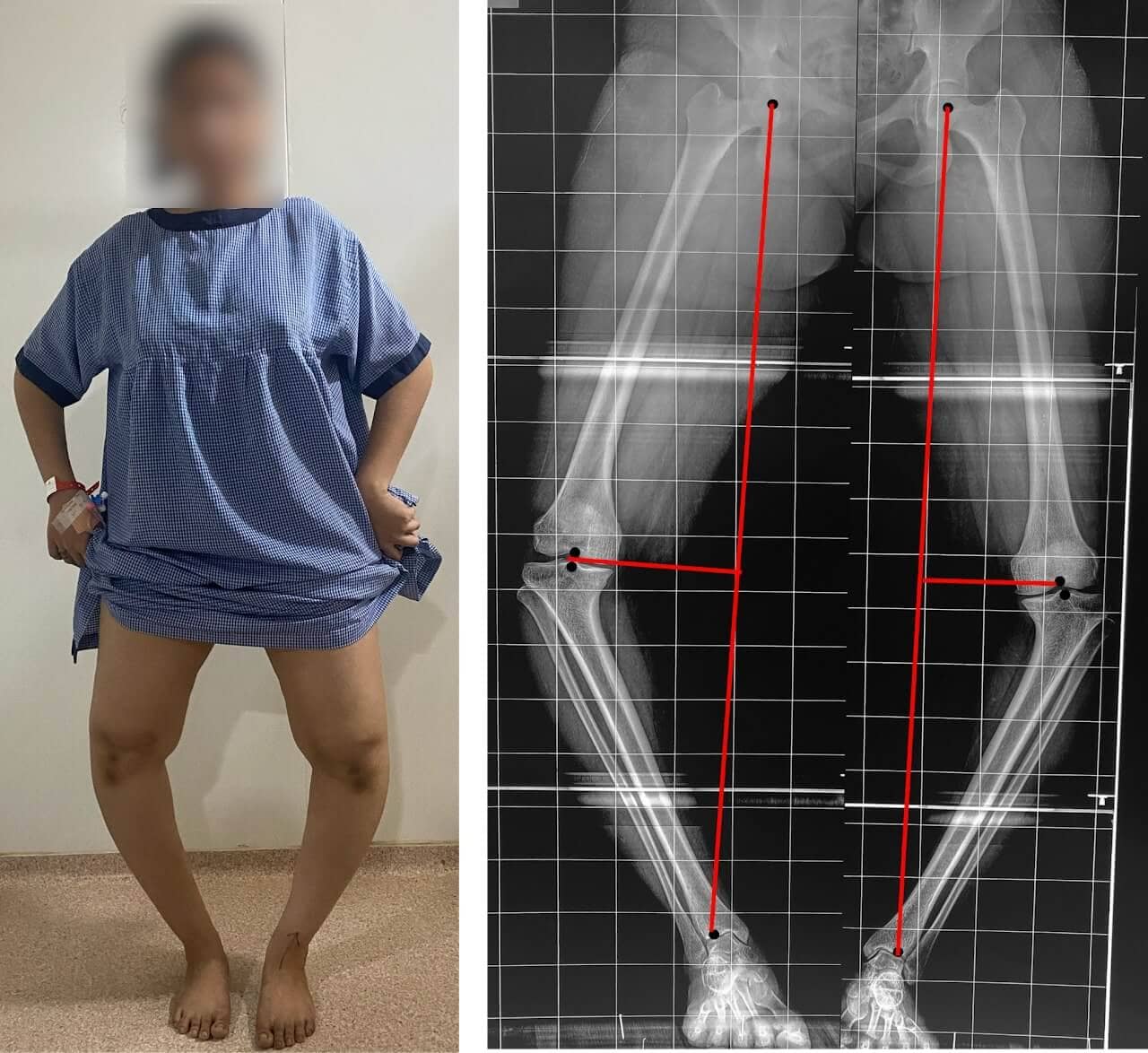
Figure 1: Clinical photograph and pre-operative X-ray of 20 years old female child with bilateral genu varum deformity
Treatment done:
The patient was operated for bilateral lower limb deformity correction surgery.
On the Right side, the patient underwent (1) distal femur corrective osteotomy fixed with plate and screws, and, (2) Proximal tibia corrective osteotomy gradually corrected with hexapod ring fixator.
On the Left side, the patient underwent Proximal tibia corrective osteotomy gradually corrected with hexapod ring fixator.
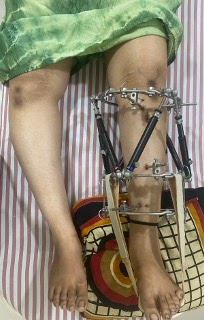
Figure 2: Patient undergoing gradual deformity correction on Left side by application of hexapod ring fixator
Outcome:
At one year after surgery, the deformity is well corrected. There is significant improvement in the patient’s functional parameters and she has relief of pain.
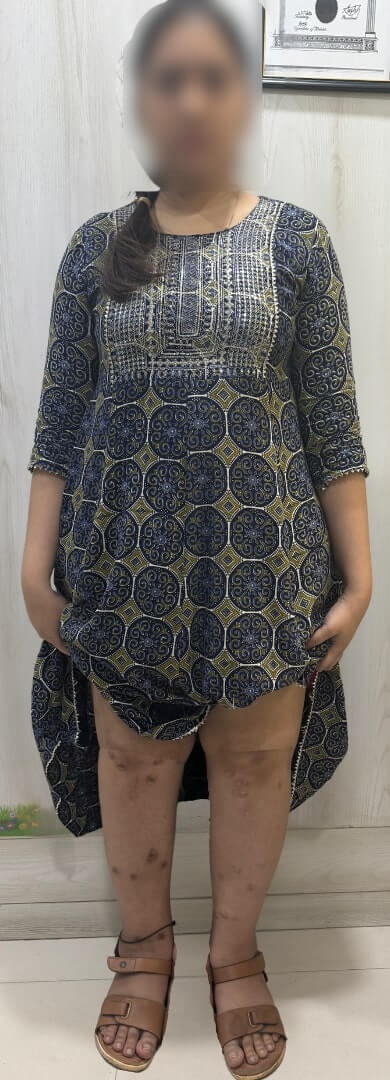
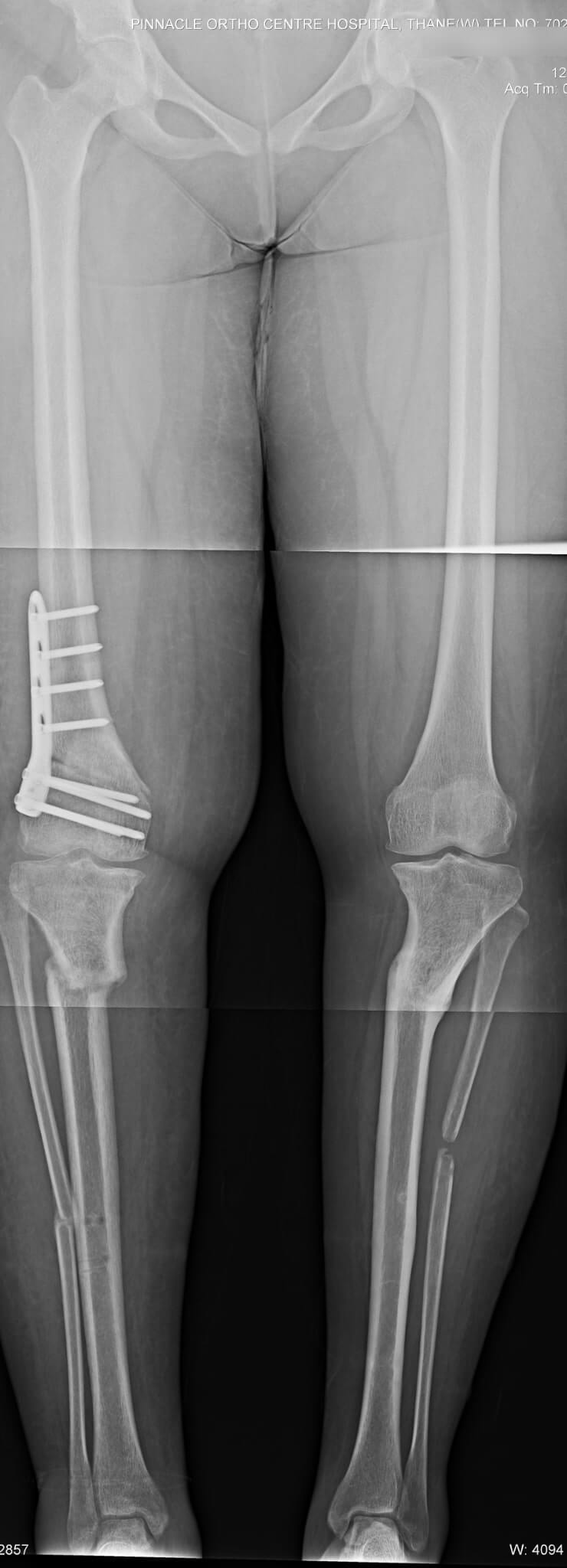
Figure 3: 12 months post-operative clinical photograph and X-ray shows correction of deformity
Conclusion:
In severe cases of lower limb deformity, gradual correction with ring hexapod fixator is an effective modality of management. is essential to ensure success. Careful planning and attention to detail is essential to achieve success in such severe cases.
_ By Dr Sandeep Vaidya, Paedictric Orthopaedic Surgeon, Pinnacle Orthocentre Hospital. For more information, mail drsvvaidya@gmail.com/ call 7028859555.

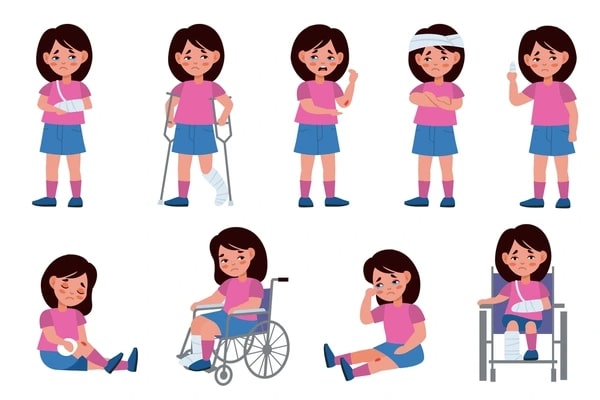

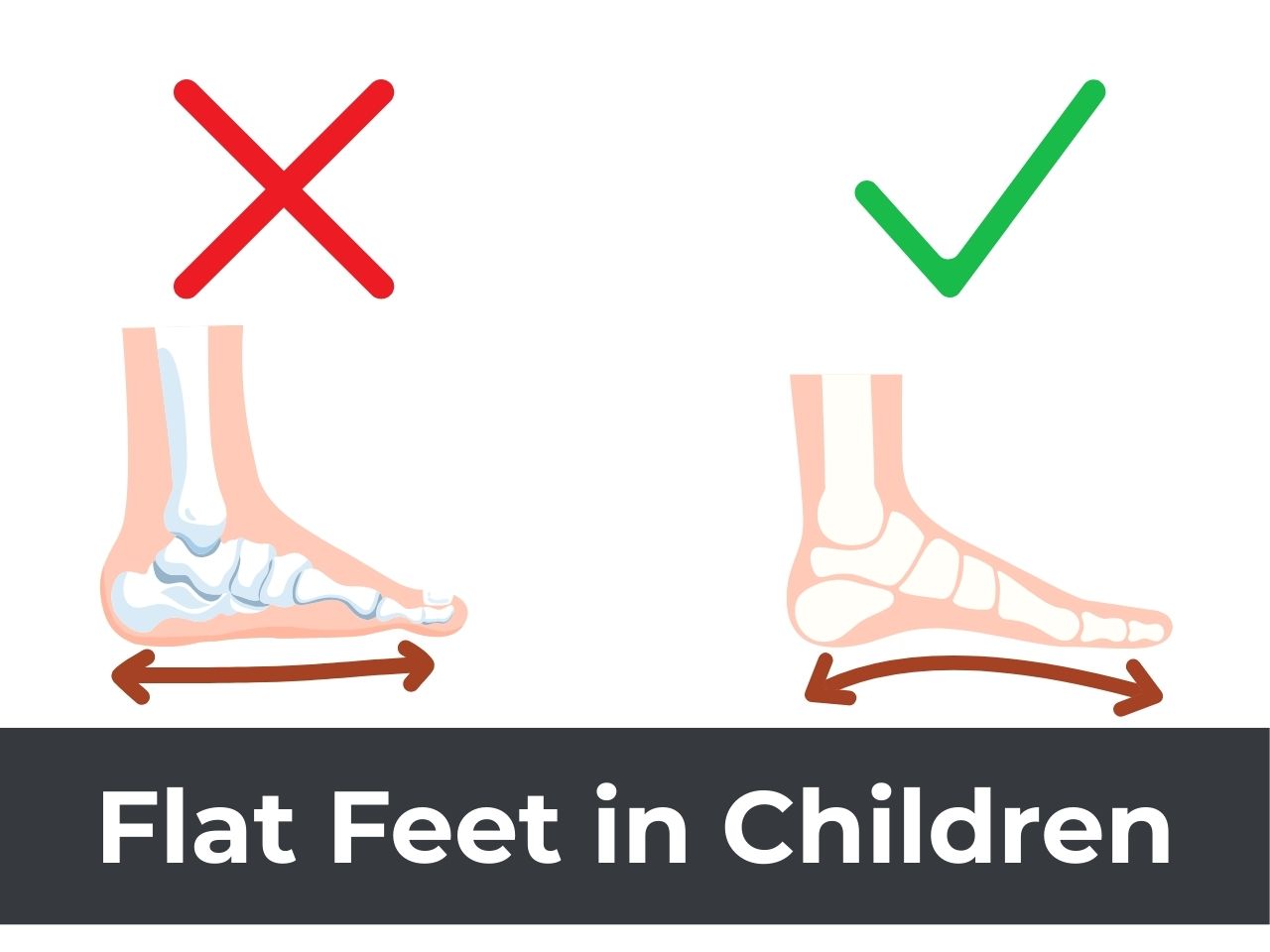

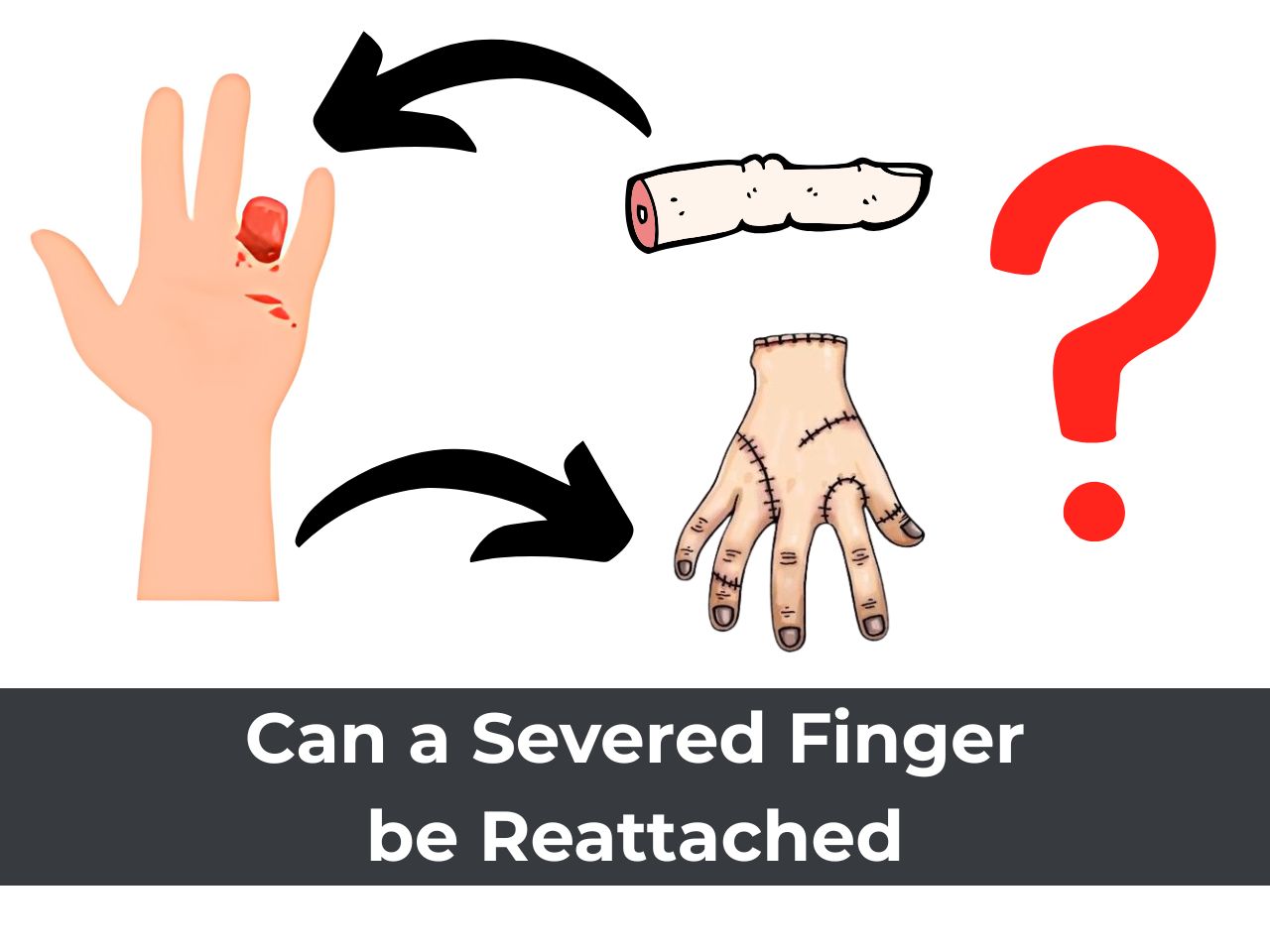
0 Comments